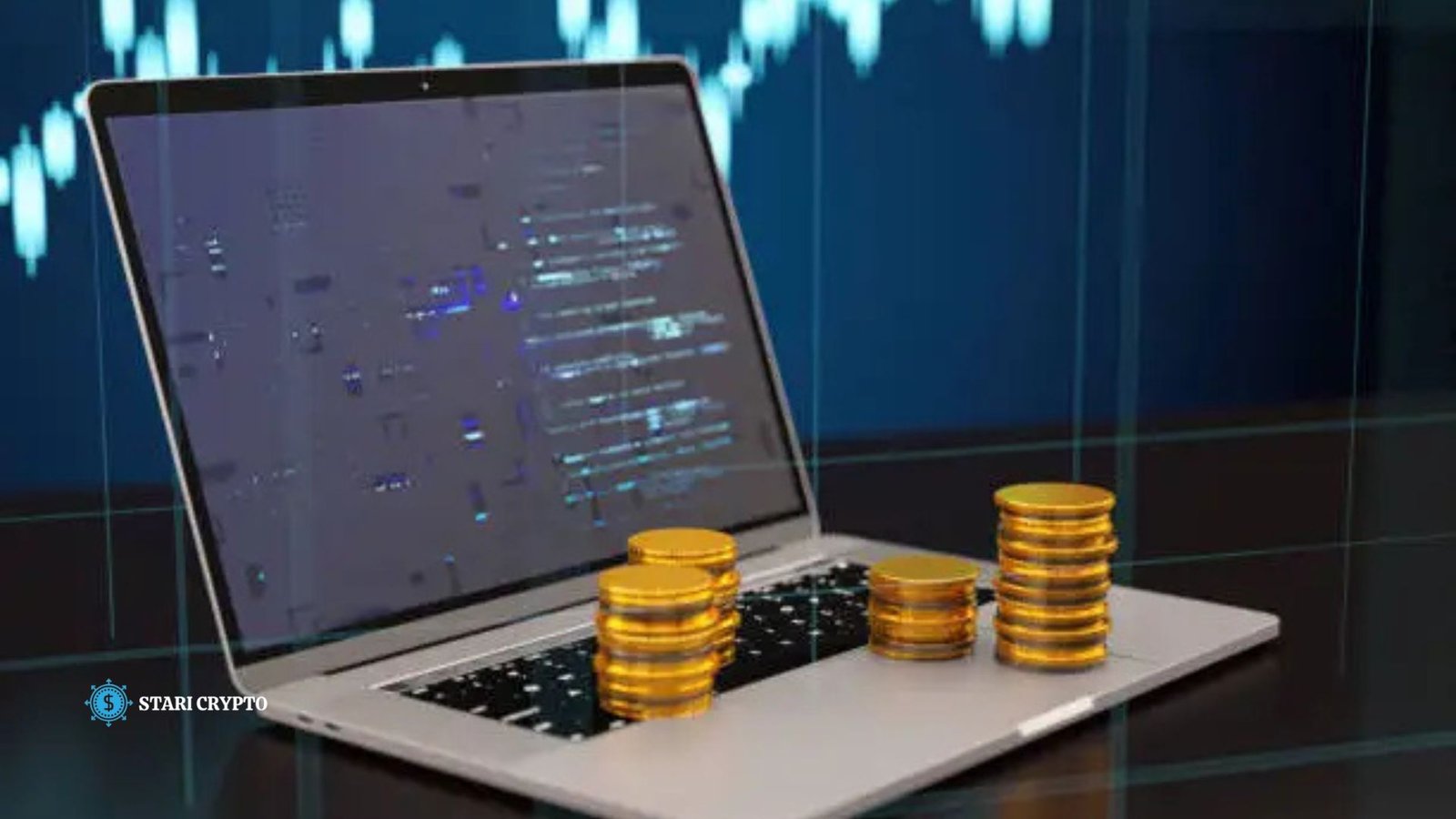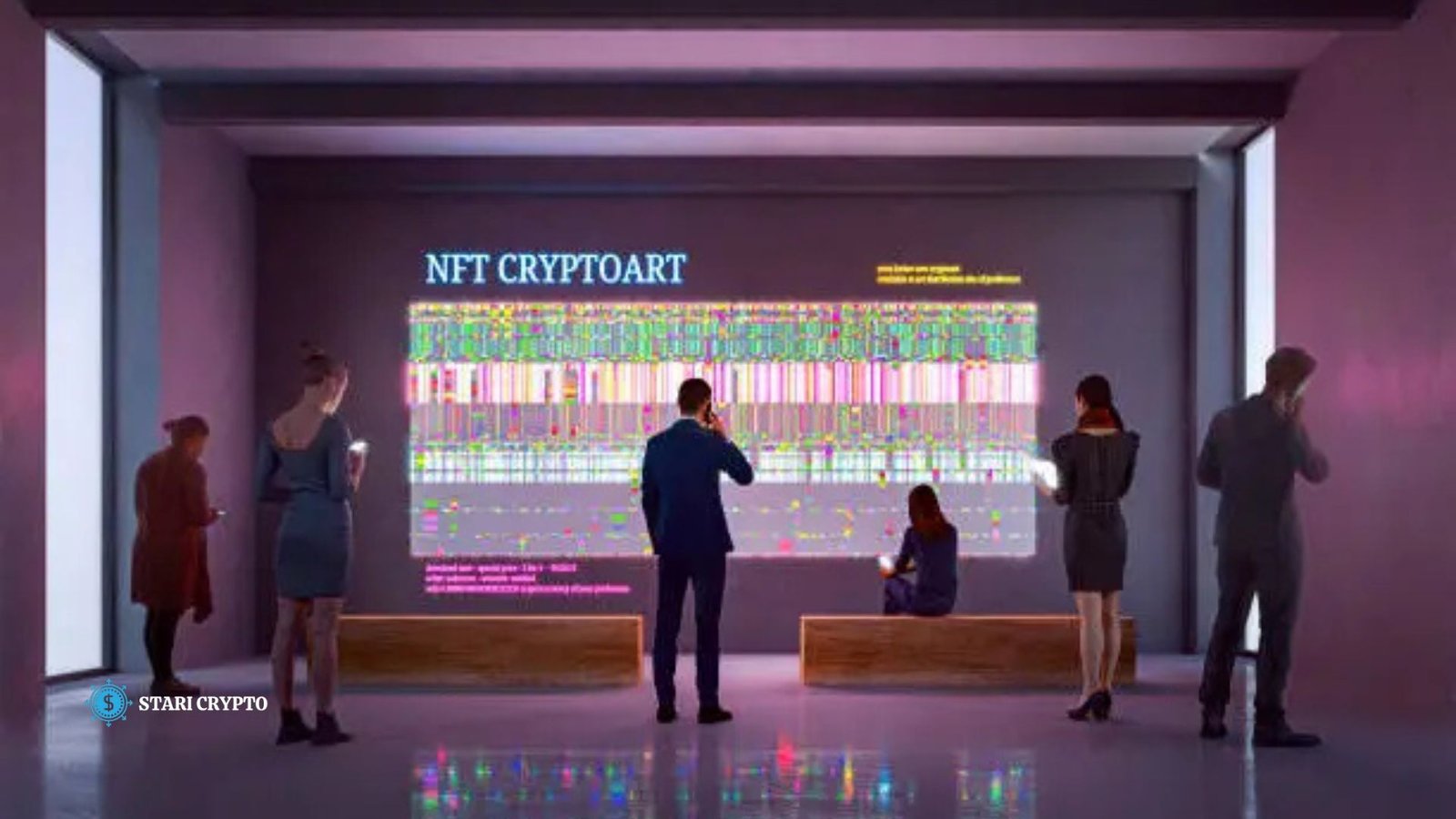NFTs, also called non-fungible tokens, have been a breakthrough that has revolutionized the digital world, attracting not just creators but also investors and common internet users. They are unique and non-divisible; thus, they can be bought, sold, and traded, which allows the owners of digital objects to be secure in their property rights. How do NFTs work, and what unique features make them valuable?
What Are NFTs?
NFTs are a class of digital assets that use blockchain to prove the ownership and authenticity of the asset. Unlike cryptocurrencies such as Bitcoin or Ethereum, which are fungible (that is, all the units are similar and can be exchanged for another one), NFTs are unique and cannot be exchanged on a one-to-one basis. They are “non-fungible,” meaning every NFT is distinct, and another NFT can directly substitute none.
The idea of NFTs rocked the world by introducing the online property rights space. When a person completes the transaction of an NFT, they firmly possess a document proving the ownership, which is then inscribed on the blockchain. Though the items for public view or piggyback downloading a digital item connected to an NFT anyone can do it, the ownership of an item proves to be the point where the blockchain verifies the transaction to the owner, making NFTs preferred items for a collectible or digital art, music or virtual real estate.
How NFTs Work
NFTs operate on blockchain networks, primarily Ethereum, though other networks like Binance Smart Chain and Solana have also started supporting NFTs. Here’s a step-by-step breakdown of how NFTs work:

Creation
NFT minting creates non-fungible tokens on a blockchain using smart contracts. The contracts establish rules for ownership and transfers, and royalties for creators. NFTs have metadata. They can be art, music, collectibles, or clips. Each NFT has a unique token ID recorded on the blockchain. This makes the NFT authentic, unique, and irreplaceable.
Ownership and Transfer
The blockchain secures NFT ownership. It works like a public record keeping track of who owns which NFT. When you buy an NFT, the blockchain updates to show it is yours for as long as you like. Even if others copy the picture linked to your NFT, your ownership is still unique. When NFTs change hands, the blockchain logs the new owner’s wallet. This use of tamper-proof security boosts confidence in NFT ownership that is why they are popular nowadays.
Smart Contracts and Royalties
NFTs are made with smart contracts. Smart contracts are bits of code that do things when conditions are met. They let creators of NFTs set up a royalty for resale. Artists earn money when their NFTs are sold again. This is new for art and music. Artists get paid over and over again. For instance, an artist sells a digital picture as an NFT. The smart contract pays the artist 10% every time it is sold again later. So the artist keeps getting money as their work grows in value. This helps creators earn a steady income.
Interoperability and Marketplaces
People buy, sell, and trade NFTs in places such as OpenSea and Rarible. These spaces let creators meet buyers and collectors. They also handle fees, contracts, and the website’s look. NFTs are easy to move. When an NFT is made on a blockchain, it can go to many places. For example, an Ethereum NFT can be sold or moved on any Ethereum site or wallet.
Applications of NFTs
NFTs have many applications, many of which are still being explored. Some prominent use cases include:
Digital Art and Collectibles
NFTs have revolutionized digital art, offering artists a new way to monetize their work and reach a global audience. Digital art can be easily copied, but NFTs provide proof of ownership, turning digital artworks into valuable, collectible assets. Artists can now sell digital originals or limited editions and retain royalties from resales, a feature that has boosted the popularity of NFT art.
Gaming and Virtual Worlds
NFTs are transforming the gaming industry by allowing players to own in-game items such as skins, weapons, or virtual real estate. Unlike traditional games where in-game assets are confined to a single game or platform, NFT-based items can be transferred or traded outside the game, giving players actual ownership. This concept, known as “play-to-earn,” enables gamers to monetize their time and achievements.
Music and Entertainment
Musicians and entertainers are also embracing NFTs. By minting their work as NFTs, they can sell unique copies of songs, albums, or tickets to virtual events, often including perks for fans. Additionally, NFT music platforms enable musicians to earn royalties automatically through smart contracts, allowing artists more control and revenue opportunities.
Real Estate and Virtual Property
NFTs have even made their way into virtual real estate. Digital worlds like Decentraland and The Sandbox allow users to buy, sell, and develop virtual land parcels as NFTs. Just like in the real world, virtual property can appreciate in value, and owners can rent or sell their virtual assets. Owning virtual land is still new but has attracted considerable interest and investment.
Challenges and Criticisms of NFTs
While NFTs are quite popular, they have some issues and disadvantages that must be addressed. The biggest issue is their impact on the environment, as blockchain networks like Ethereum consume huge amounts of energy during the processing and verification of transactions. The high carbon emissions associated with NFTs have resulted in people wanting to develop more green blockchain solutions or alternative networks that need less energy.
NFTs are also objects of speculation. Some of them have seen astonishing price growth that often becomes overwhelming. A significant number of customers order NFTs in the hope of making a profit in the future, which results in the claim that the market is mostly based on hype rather than intrinsic value.
Security is another problem, as owning an NFT is directly connected to the digital wallet, which could be hacked if the right security precautions are not taken. Additionally, there have been situations when fraudsters stole artists’ work, minted it as their own NFT, and sold it to the people, thus posing a question about intellectual property protection in the digital world.
The Future of NFTs
NFTs are still in their early stages, and the potential for their future is huge. As blockchain technology develops, so will environmentally clean and efficient systems that will muffle NFTs’ carbon footprint. Moreover, a growing number of sectors are trying. NFT will create new applications, which will, in turn, further enable NFTs to become part of our daily lives.

NFTs could potentially stretch digital property to a new level where the owners will have absolute dominance and so-called NFT rights to their digital property. With the voluntary use of technology and regulatory updates, NFTs may become more mainstream, probably acting as a basis for the life of newer forms of digital communication and property ownership.
Also Read: Investing in NFTs: Digital Asset Revolution Beginner’s Guide
In Summary
NFTs are new ways to own and earn from digital items. Artists, fans, and companies are benefiting from them, too. Blockchain tech makes owning digital things like art or games safe. Even though there are some challenges, NFTs could mean everyone can own and prove digital stuff. The tech and NFTs are growing fast to change how we do ownership on the internet.


















